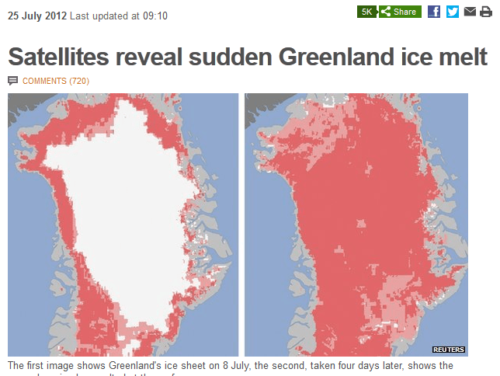 Suppose for a moment you owned 1,500 acres of land that your family had owned and worked for generations.
Suppose for a moment you owned 1,500 acres of land that your family had owned and worked for generations.
Then, out of nowhere, the federal government said you could no longer use that land as you wished. Why? Because of a frog. Would that anger you?
It sure angered Edward Poitevent, a Louisianian whose lawyers stood before the U.S. Supreme Court earlier this week to argue his case.
Poitevent, a tree farmer, is part of the Weyerhaeuser Co. V. U.S. Fish & Wildlife Service case the high court is now considering.
Obama administration officials labeled Poitevent’s spread in St. Tammany Parish, La., a “potential backup habitat” for the endangered dusky gopher frog.
Here’s the rub: The land in question doesn’t have the frog living on it, and the land isn’t even suitable for the frog.
Nonetheless, in 2011 the U.S. Fish and Wildlife Service declared his land “critical habitat” because, with modifications, it could potentially serve as a home for the endangered dusky gopher frog.
This is not a tiny piece of land. As Michael Bastasch of the Daily Caller notes, it’s roughly twice the size of New York’s Central Park.
It’s that big. And no one, including the government’s species snoops, has seen the frog there in decades. The land has been tree-farmed for years.
Unfriendly Frog Habitat
As Poitevent told the Daily Caller, “If you put the frog back on there today, it would die.”
By the way, the closest actual habitat is more than 50 miles away. And it’s not even in Louisiana, but Mississippi.
Indeed, the government in its legal filings has gone out of its way not to use the actual, true name of the frog: The “Mississippi gopher frog.”
After all, it might prejudice the judges to know that the frog’s own name suggests its habitat is elsewhere.
Poitevent’s lawyer, Mark Miller, writing on the Pacific Legal Foundation website, asks the key legal question: “How can his property be critical habitat if the property is not even habitat for the frog at all?”
Indeed, and it underscores the dilemma that landowners face when coming up against the U.S. bureaucracy and its implacable legions of lawyers
Such bureaucratic bullying in the name of the Endangered Species Act isn’t just socialistic and unconstitutional but works to undercut actual protection of endangered species.
Besides, the best way to get anyone to do anything is to give them incentives — not take something valuable from them.
What property owner, knowing how the government operates, would permit even a single dusky gopher frog to reside on his or her property?
In a number of cases around the country, property owners have killed endangered species on their land to keep from losing the possible use of their land.
Under this current case, even not having the endangered species in question on your land isn’t enough.
Property Rights And Freedom
The Founders embedded property rights into the Constitution for a reason: It was considered the basis of our economic liberty, the linchpin of a free republic.
Under U.S. national law, any property seized for government use must be compensated.
But it should also be the case that any administrative rule that renders property unusable should likewise be a “taking” under the law. It would, therefore, require compensation.
And, in the case of the Poitevents, the “taking” is huge: about $34 million in all.
This underscores why the government should have to show the absolute necessity of taking someone’s property — especially for something as dubious as saving a frog that doesn’t even exist on the land at all.
After all, the Fifth Amendment to the Constitution is absolutely clear in saying “private property (shall not) be taken for public use, without just compensation.”
This lawsuit has been making its way through the courts for years now, tying up the Poitevent family’s main asset. It’s a legacy suit, left over from the Obama years.
That was a time when, to put it mildly, property rights were not exactly in vogue.
We hope as part of his push to “drain the swamp,” President Trump will see to it that our nation’s bureaucracies no longer willy-nilly seize private property for often-dubious public purposes.
And if they do, they should have to pay up.
Read more at Investor’s Business Daily

















Ontario is creating an endangered “species” deliberately. Any effort to maintain the old mill dams built by the pioneers is fought by the Ministry of Natural Resources. The dams fail and the ponds drain, turning into swamps. Busybodies should stick their noses up their own business.
The hard core Greens are many times a bunch of nature freak many of them are deep ecologists and the late Peter Berley who once let the Audubon Society proclaimed he rejects the idea of Private Property and many are into the idea that the earth owns us not we own the earth and the GAIA hypothosis of crack-pots like James Lovelock the wildlife authorities overstepping and abusing their powers no more should the needs of a frog,owl,rat,lizard,plant or fish come over the rights of Property Owners